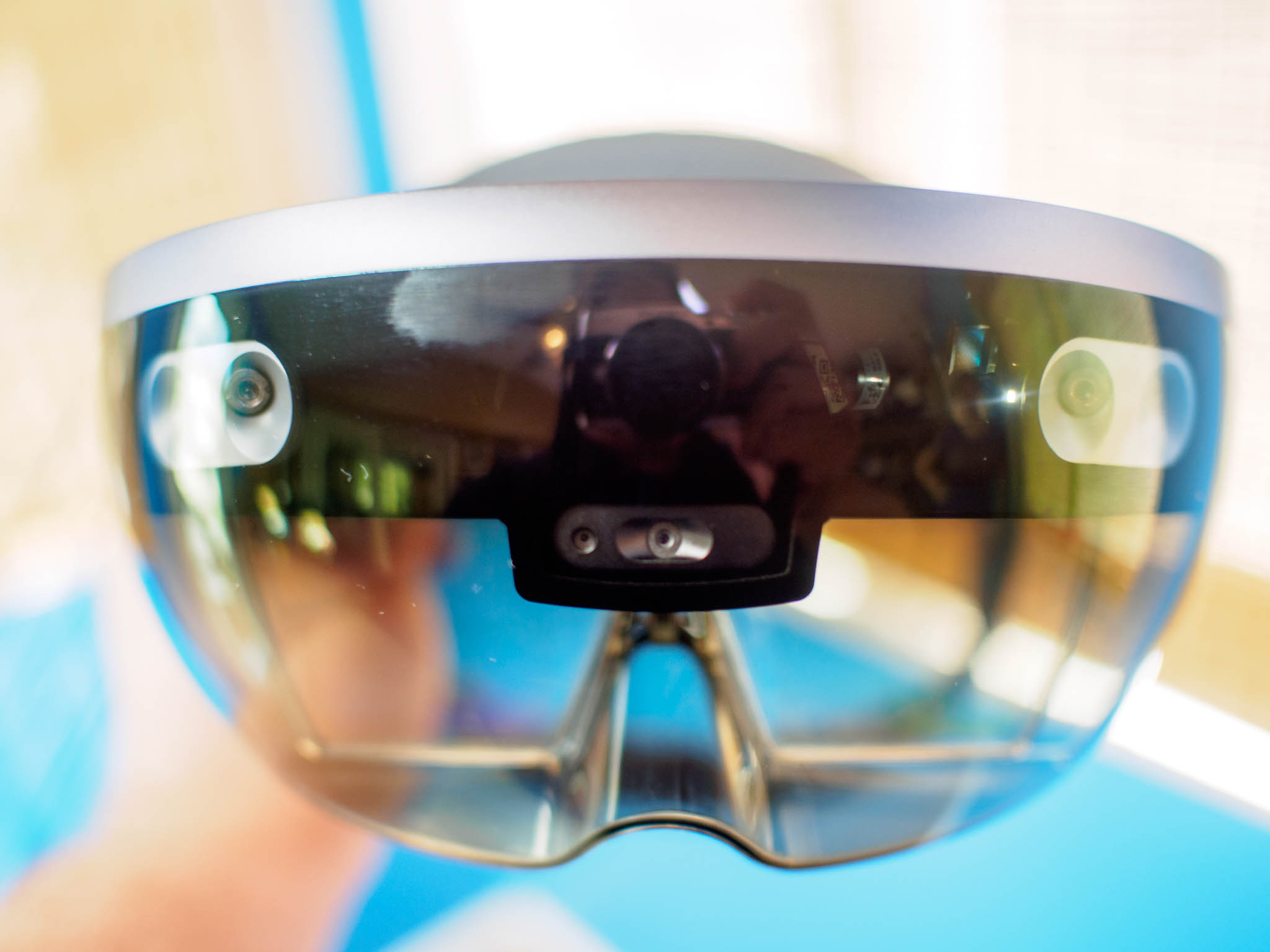HoloLens sales number in the thousands, Microsoft says (and that's OK)

Though sales number for Microsoft's HoloLens headset weren't broken out in its latest earnings report, one Microsoft executive has hinted where they currently sit. In an interview with The Inquirer at the BETT show in London, Microsoft's HoloLens commercial lead Roger Walkden stated that HoloLens sales are currently in the thousands, and that's okay.
From Walkden:
"We're not trying to sell hundreds of thousands or millions or anything, it's expensive, and it's not in huge numbers. So we're happy with the level of sales that we've got - I can't tell you anything about the numbers, but it's in thousands, not hundreds of thousands, and that's fine. That's all we need."
That's definitely not surprising given the cost of the current HoloLens coupled with the fact that it's still very much a work-in-progress aimed squarely at developers and commercial users. And while Walkden was vague on HoloLens' future roadmap, he was sure to note about the current headset that "this is version one, and there will be future versions."
Meanwhile, we're already starting to see Microsoft's work on its Windows Holographic platform pay off with a slew of OEM VR headsets that are due to launch later this year. While different from the untethered HoloLens, the OEM headsets — which are expected to start at a much more affordable $299 — will feature inside-out tracking and the ability to run on low-end hardware. The first developer kits for these headsets are set to go out at GDC in March.
All the latest news, reviews, and guides for Windows and Xbox diehards.

Dan Thorp-Lancaster is the former Editor-in-Chief of Windows Central. He began working with Windows Central, Android Central, and iMore as a news writer in 2014 and is obsessed with tech of all sorts. You can follow Dan on Twitter @DthorpL and Instagram @heyitsdtl.
